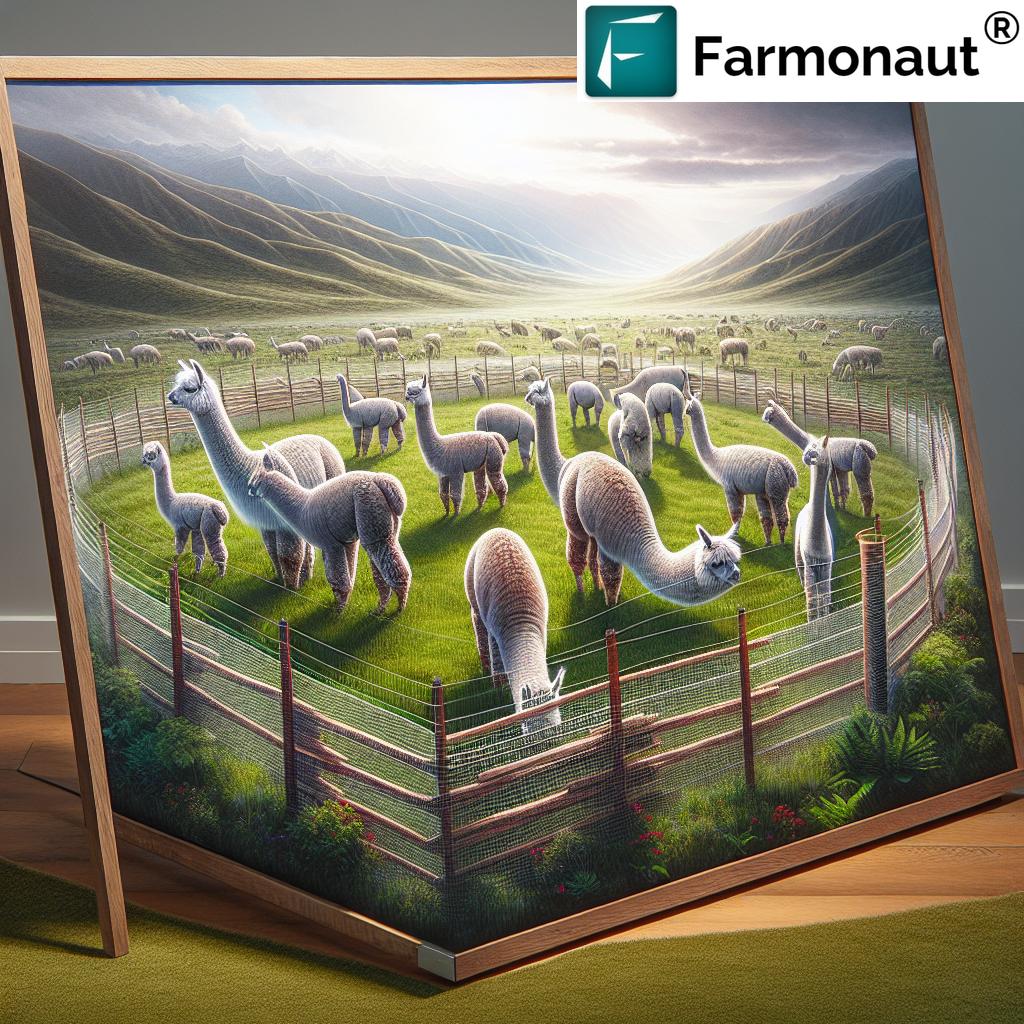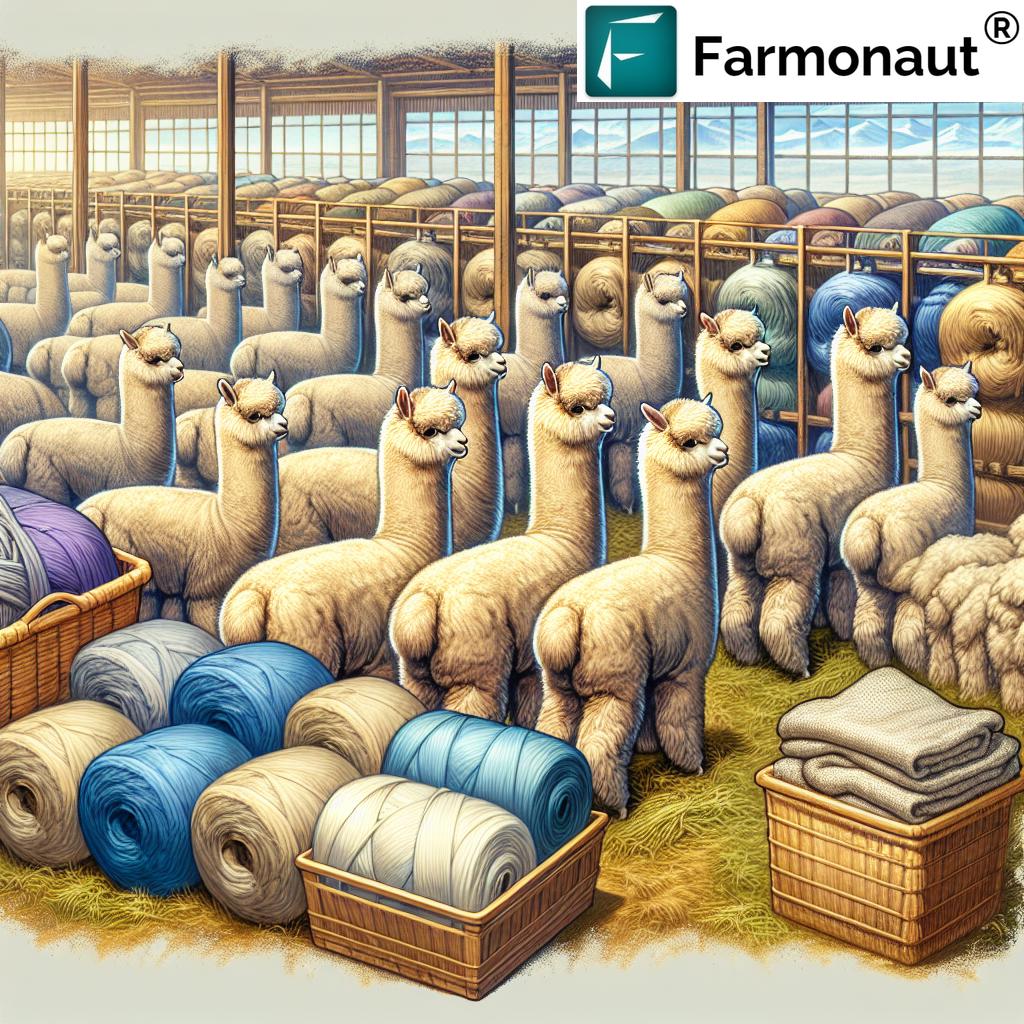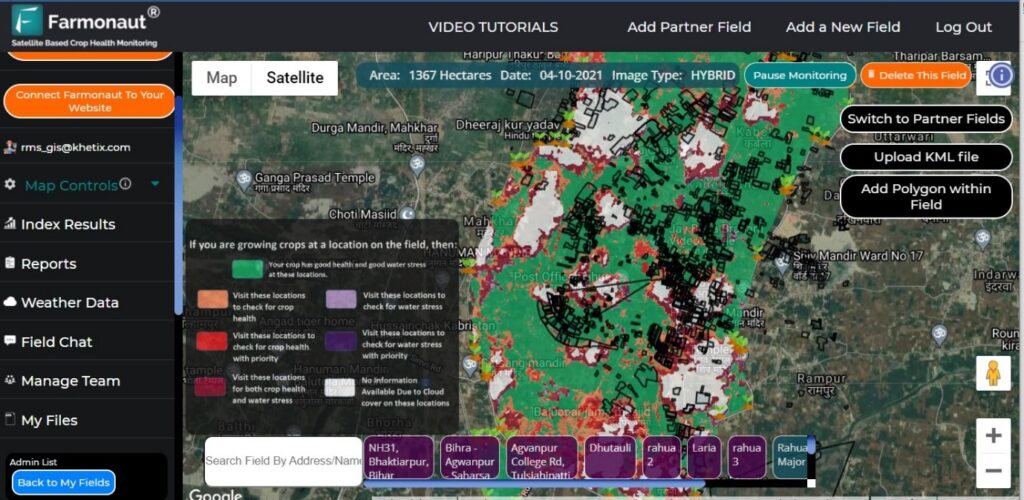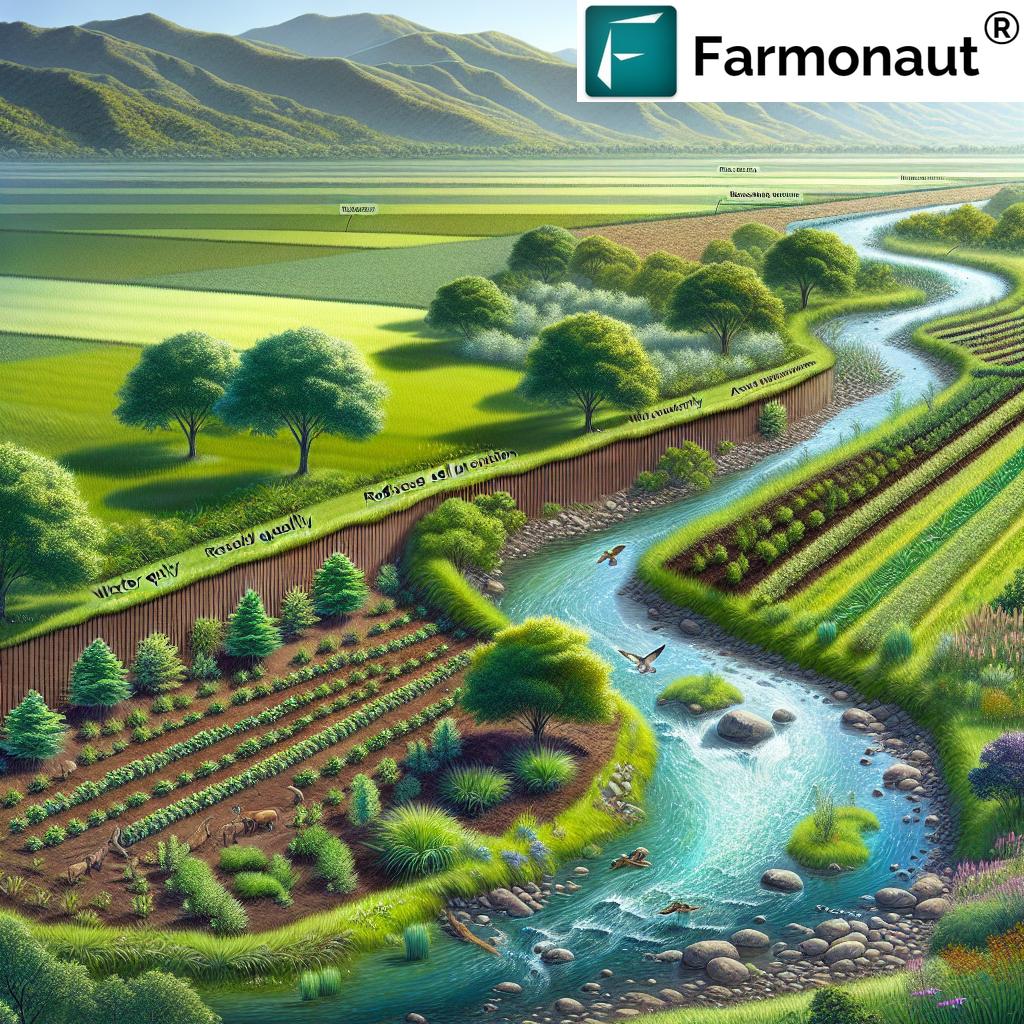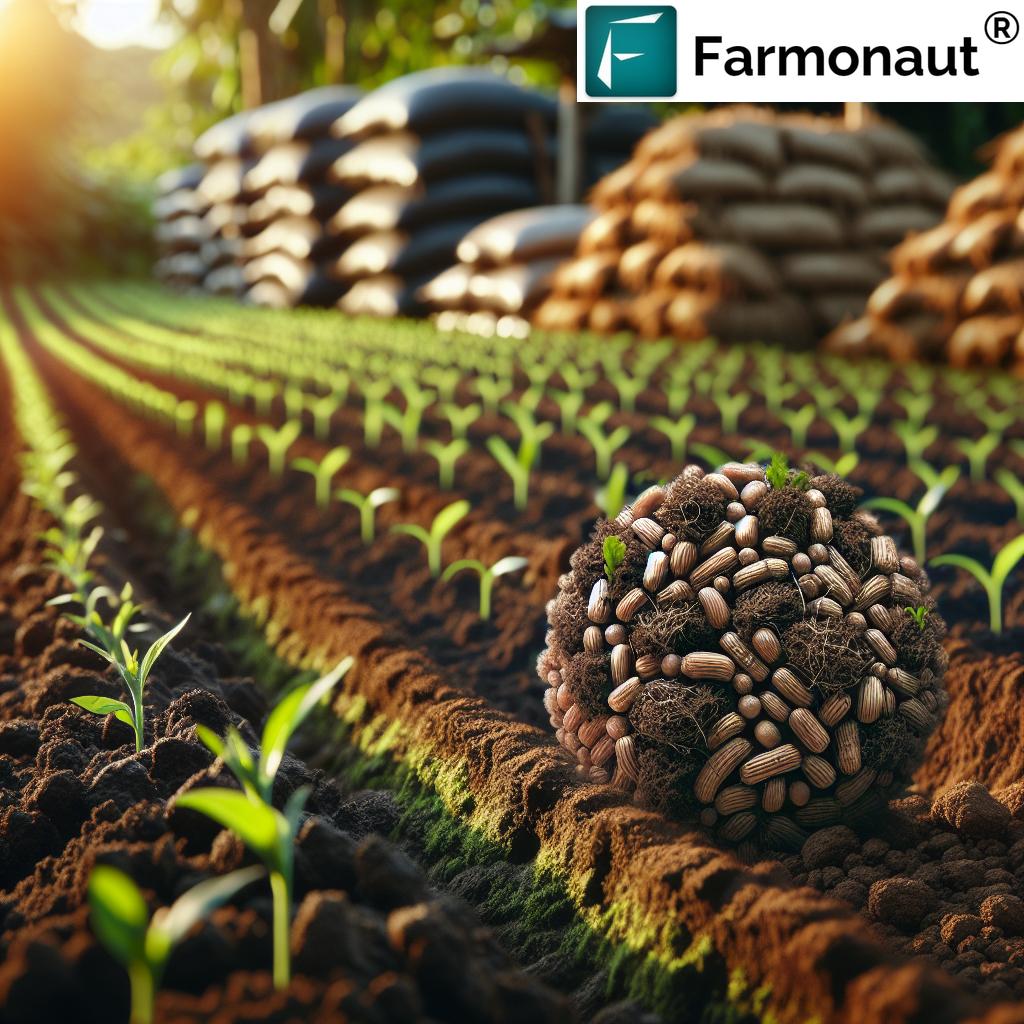Alpaca Farming: 7 Essential Steps for Profitable Success
“Alpacas produce 2–5 kg of fleece annually, making them a top choice for sustainable fiber farming.”
Introduction: The Joy and Opportunity of Alpaca Farming
Alpaca farming is becoming a highly attractive venture in modern agriculture. These gentle, domesticated camelids— native to the majestic Andes Mountains of South America—are renowned not only for their soft, luxurious fleece, but also for the rewarding lifestyle and economic benefits they offer farmers.
Our comprehensive guide will walk you through the essentials of alpaca farming, from animal care and management, to housing, fencing, feeding, health maintenance, breeding protocols, and maximizing profitability through value-added alpaca products. Whether you are considering starting an alpaca farm or looking to improve your existing herd’s productivity and welfare, this guide will equip you with the knowledge and confidence to succeed.
By understanding basic alpaca characteristics and the precise requirements for raising these social animals, you’ll unlock the immense potential for both a sustainable income and a fulfilling agricultural journey. Let’s embark on this step-by-step exploration of alpaca farming’s seven essential steps for profitable success.
Step 1: Understanding Alpaca Characteristics and Herd Dynamics
Alpaca Behavior, Communication & Herd Structure
Alpacas are intelligent and gentle animals belonging to the camelid family. As herd-oriented livestock, alpacas thrive in groups, usually composed of an alpha male, several females, and their young (crias). Social interaction is crucial; solitary alpacas may suffer from stress or behavioral challenges.
Alpacas communicate via an array of sounds and postures:
- Humming: Used for communication between mothers and crias, or to indicate comfort and curiosity.
- Snorting: Shows annoyance or to alert others of potential threats.
- Clucking/Clicking: Common during mating or maternal interaction.
Understanding these characteristics will enable farmers to create an environment where alpacas feel safe, social, and stress-free, ultimately improving their health and fiber production.
Physical Traits and Fleece Advantages
Alpacas stand 81–99cm (32–39 in) high at the shoulders, weighing 45–77kg (100–170 lbs). Their double-coated fleece is highly desirable for its softness, warmth, and hypoallergenic qualities, making it ideal for a range of products such as yarn, apparel, and fiber crafts. Two breed types exist: the Huacaya (fluffy, crimped fleece) and Suri (silky, lustrous locks).
- Low Maintenance: Alpacas are more manageable compared to larger livestock.
- Efficient Grazers: Their padded feet prevent damage to pasture—crucial for sustainability.
- Eco-Friendly: Manure contains no viable seeds, reducing weed spread and making it ideal for direct use as fertilizer.
Step 2: Alpaca Housing and Fencing Requirements
Creating Secure, Practical Shelters and Safe Fencing
Alpaca housing should be simple yet effective. A three-sided shelter with ample ventilation provides critical protection from harsh weather conditions—from intense sun to severe cold and wet. Permanent access to open space and the ability to move freely allow alpacas to regulate their body temperature and reduce stress.
- Shelter Size: Each alpaca needs roughly 10–12 square feet inside the shelter.
- Flooring: Dirt or gravel is ideal, as it drains easily and is gentle on feet.
- Ventilation: Essential for keeping air fresh and preventing injury (lung disease or overheating).
Essential Fencing Considerations
Fencing is critical for security—both in containing your herd and keeping out predators. The best fencing integrates:
- Sturdy Material: Woven wire fences (4–5 feet high) are commonly used.
- No Barbed Wire: Avoided to prevent injury to delicate skin and fleece.
- Electric Fencing: Usually ineffective due to thick fleece insulation.
- Entrances/Exits: Gates should open inward and latch securely.
An effective alpaca housing and fencing requirements system promotes herd health, reduces escape risk, and keeps predators at bay.
For those aiming to add transparency and product traceability to their alpaca business, our blockchain-based traceability solution ensures you can track every step of your fleece and products from farm to market—benefiting both your business reputation and consumer trust.
Step 3: Feeding Alpacas & Essential Nutrition
Grazing, Diet, and Supplementing for Optimal Health
Feeding alpacas is both an art and a science—balancing natural grazing with nutritional supplementation for vitality and optimal fleece production.
- Primarily Graze: Alpacas chiefly graze on open pasture—their preference is for tender plant leaves over coarse stems.
- Hay Supplementation: High-quality grass hay, especially during winter or when grass is in short supply, is essential.
- Balanced Diet: Access to minerals formulated specifically for camelids is crucial (avoid sheep minerals, as copper content can be toxic).
- Fresh Water: Always provide a constant supply of clean, cool water to the herd.
Efficient grazers by nature, alpacas eat less per bodyweight than most other livestock, reducing costs and environmental impact. Their manure is nutrient-rich and weed-free, an added bonus for eco-friendly farmers using organic fertilizer.
Tip: To boost pasture and crop efficiency, Farmonaut’s satellite-based crop health platform allows real-time monitoring of pasture vigor, enabling large-scale management and smart resource allocation even for diversified farms.
Special Notes on Manure and Soil Improvement
Alpaca manure is free from viable seeds, so you can spread it directly on fields to nourish your soil and reduce weeding labor.
“A breeding alpaca herd can yield profits within 2–3 years with proper care and management.”
Step 4: Alpaca Health and Veterinary Care Essentials
Routine Care and Preventive Health Management
Maintaining strong herd health is a cornerstone of alpaca farming profitability. Alpacas are hearty animals by nature, but attentive care prevents health issues and maximizes long-term returns.
- Nail Trimming: Hoof health is vital—trim toenails every 2–3 months to prevent injury and lameness.
- Shearing: Annual shearing is essential for comfort, fleece collection, and thermal regulation.
- Vaccinations & Deworming: Administer region-specific vaccines and regular parasite control as directed by your veterinarian.
- Health Checks: Routinely check body condition, teeth, eyes, coat, and observe eating/drinking habits for signs of illness or stress.
Having access to a knowledgeable veterinarian with camelid expertise is important for regular health review and in emergencies.
Quick, preventive intervention is always more cost-effective than treatment after problems arise.
Advanced tip: For efficient record-keeping and health tracking, or for automated resource management, consider integrating digital tools like Farmonaut’s fleet and resource management system—ideal for agribusinesses with multiple locations or large herds.
Recognizing and Preventing Common Issues
- Parasites: Monitor for worms—weight loss or poor fleece may indicate infestation.
- Injury: Ensure fencing, housing, and handling routines are set up to minimize risk.
- Nutritional Stress: Ensure mineral balance and access to quality forage.
- Heat Stress: Ample fresh water and ventilated shelter protects alpacas in hot weather.
Step 5: Breeding Alpacas – Best Practices for Healthy Offspring
Mating Protocols, Gestation & Weaning
When breeding alpacas, attention to detail ensures healthy offspring, steady herd growth, and maximized profitability.
- Gestation: Lasts approx. 11.5 months—usually a single cria is born.
- Mating Options:
- Pen Mating: Male and female are placed together under supervision.
- Paddock (Pasture) Mating: Larger herds may benefit; careful tracking is essential to prevent unplanned pregnancies and unhealthy matings.
- Male/Female Separation: Keeping breeding males and females apart outside of planned breeding seasons is important for control.
- Weaning: Crias are generally separated by six months, though allowing the mother to decide can reduce stress.
Strategic breeding improves genetic diversity, fiber quality, and herd health—these are all elements that drive up the market value of your alpacas and fleece.
Sustainability is vital in modern agriculture. If you wish to assess and reduce the environmental impact of your alpaca farm, check our carbon footprinting solutions—track and minimize greenhouse emissions while maintaining profitability.
Key Economic Considerations in Breeding
- Healthy crias bolster farm value and improve long-term revenue through sales or enhanced fiber yield.
- Document all pedigree and health data; buyers seek assurance on genetics and care standards.
Step 6: Economic Considerations and Alpaca Farming Profitability
Investing Wisely & Maximizing Revenue Streams
Alpaca farming profitability is shaped by meticulous planning, risk management, and adaptability. The core economic considerations are:
- Startup Investment: Initial costs include land, fencing, shelters, purchasing your first herd (quality breeding stock is a must!), and equipment for handling, health, and processing.
- Ongoing Expenses: Feed, veterinary care, mineral supplements, water, insurance, and routine maintenance (e.g., fencing repair, pasture management).
- Marketable Revenue Streams:
- High-Quality Fleece: Premium fiber fetches strong prices on textile markets.
- Breeding: Selling proven females, sires, and cria.
- Value-Added Alpaca Products: Yarn, felt, apparel, and eco-friendly crafts.
- Agritourism: Farm tours, educational events, and experiential visits provide diversified income.
With a well-crafted business plan, most farmers can expect a return on investment (ROI) within 2–3 years, especially when utilizing all potential revenue sources and maintaining optimal care.
If you require satellite-verified farm reports to unlock better financing or insurance, our crop loan and insurance solutions simplify the process and help you get access to capital for scaling your operation.
Sample Budgeting Outline
- Entry herd (5–10 animals): $10,000–$30,000
- Shelter & fencing: $5,000–$12,000
- Yearly feed + minerals: $1,000–$2,500 per 10 head
- Ongoing health: $400–$900 annually
- Potential annual fleece revenue (per animal): $200–$500—more when value-added
Need to integrate advanced agricultural data into your own system? Try the Farmonaut API or check the API Developer Docs for adding satellite-based monitoring, weather insights, and precision farming capabilities to your herd or crop management tools.
Step 7: Value-Added Alpaca Products – Elevate Your Profits
Moving from Raw Fleece to Premium Market Apparel & Goods
The real profit engine in alpaca farming often lies in value-added alpaca products. Processing raw fleece into yarn, felt, or finished apparel significantly increases income potential and market reach.
- Yarn: Spin your own or supply fiber to specialty mills.
- Apparel: Create scarves, sweaters, socks, hats, coats, or partner with artisans to develop unique designs.
- Felt Goods: Rugs, slippers, wall hangings, and more.
- Eco-Friendly Products: Promote all-natural, chemical-free goods to appeal to eco-conscious consumers.
Building a diverse range of alpaca fleece products allows you to tap into agritourism, local crafts, boutique outlets, and online marketplaces. Always maintain detailed product traceability and quality records for gaining trust and repeat buyers.
Step-by-Step Profitability Guide Table
| Step Number & Name | Estimated Cost (USD) | Time Required (Months) | Expected ROI (%) | Core Activities | Potential Challenges |
|---|---|---|---|---|---|
| 1. Choosing Quality Alpacas | $10,000–$30,000 | 1–2 | 10–20 | Selecting healthy, pedigreed stock with quality fleece | High entry costs; pedigree verification; disease screening |
| 2. Housing Setup & Fencing | $5,000–$12,000 | 2–4 | 10–15 | Erecting shelters, secure fencing, water lines | Weather delays; underestimating predator threats |
| 3. Feeding & Nutrition | $1,000–$2,500/year | Ongoing | 8–12 | Managing grazing, providing supplements | Nutritional imbalances; pasture overgrazing |
| 4. Health & Veterinary Care | $400–$900/year | Ongoing | 12–15 | Regular checkups, vaccination, parasite control | Disease outbreaks; lack of veterinary support |
| 5. Breeding & Herd Management | $500–$2,000/year | 12+ | 20–30 | Controlled mating, weaning, pedigree recording | Unplanned mating, weak genetics |
| 6. Product Development | $1,000–$3,000 | 3–6 | 30–50 | Fiber processing, value-added creation | Market fluctuation; quality control |
| 7. Market Expansion & Diversification | Varies | Ongoing | 50–100 | New products, agritourism, traceability integration | Market entry, changing trends |
Boosting Efficiency with Farmonaut Precision Agriculture
At Farmonaut, our mission is to make advanced, precision agriculture accessible for every farmer—no matter the scale of your operation. Managing a successful alpaca farm means optimizing resources, improving pasture management, embracing sustainability, and accurately tracking herd health. Our technologies include:
- Satellite-Based Health Monitoring: Instantly monitor pasture health, soil moisture, and more through NDVI and other indices for decision-making rooted in real-time data.
- Jeevn AI Advisory System: Get AI-driven farm recommendations—from weather forecasts to pasture rotation, right on your device.
- Blockchain Traceability: Ensure full traceability for your value-added alpaca products, giving consumers confidence and boosting your brand’s reputation.
- Fleet and Resource Management: Effortlessly organize equipment, tasks, and workforce for scalable success.
- Carbon Footprinting: Measure, track, and reduce the environmental impact of your livestock business.
To start, simply download our app for real-time field and livestock health insights:
API customers and developers: Integrate our satellite and weather API into your platform for customized, automated data.
Try advanced features, manage your farm at scale, and subscribe for more with our transparent packages:
Frequently Asked Questions (FAQ) on Alpaca Farming
What is the primary focus of alpaca farming?
The main purpose is to raise alpacas for their valuable fleece (fiber), which is spun into yarn and used for premium apparel. Additional income streams include breeding quality animals, selling offspring, and developing value-added products.
How long does it take for an alpaca farm to become profitable?
With a sound business plan and regular care, most alpaca farming ventures reach profitability within 2–3 years. Maximizing fleece quality and diversifying products accelerates returns.
What are the essentials of proper alpaca care?
Provide secure fencing and adequate housing, deliver balanced nutrition, monitor health, ensure regular shearing, and implement controlled breeding practices.
Which fencing is best for alpaca farms?
Woven wire fences that are 4–5 feet high are commonly used, as they are both secure and gentle on animals, preventing injury. Avoid barbed wire, as it risks damaging fleece and causing wounds.
Are value-added alpaca products necessary for success?
While selling raw fleece can bring revenue, processing it into yarn, apparel, and specialty goods can significantly boost income and open additional markets.
Can technology assist in alpaca farm management?
Absolutely. Platforms like the Farmonaut app enable precision agriculture, efficient pasture management, health tracking, carbon footprinting, and even product traceability.
Conclusion: Building a Rewarding and Profitable Alpaca Farm
Alpaca farming offers a unique blend of economic benefits, sustainability, and an enriching lifestyle for today’s farmers. By following this step-by-step alpaca care guide—understanding animal characteristics, setting up proper housing and fencing, optimizing feeding and health management, practicing strategic breeding, and capitalizing on value-added products—you position your venture for success.
As technology transforms agriculture, adopting smart management tools like those provided by Farmonaut can help you maximize efficiency and profitability, while ensuring care and welfare for your alpaca herd.
Ready to take the next step? Download the Farmonaut app or API, and let’s shape the future of precision livestock farming—together!


